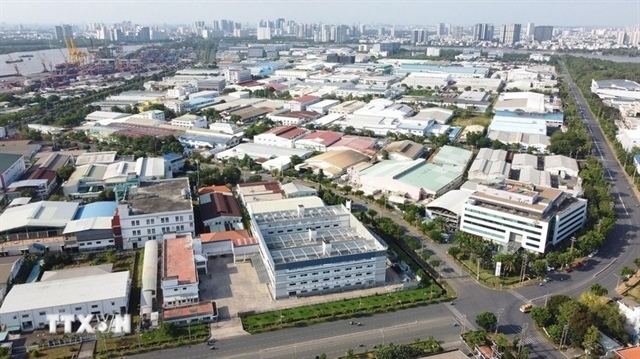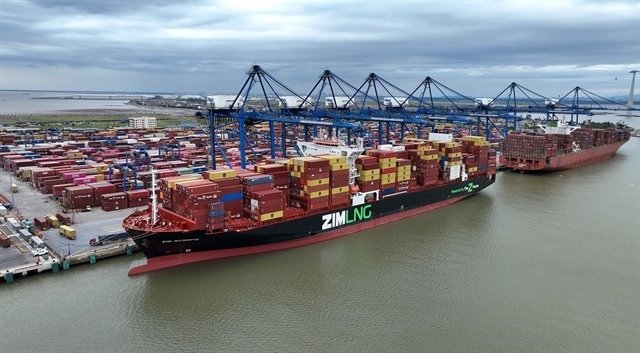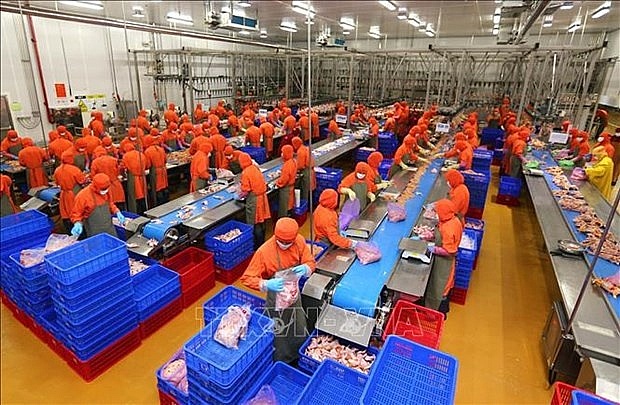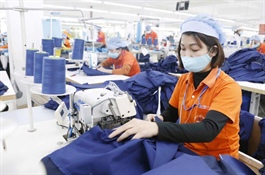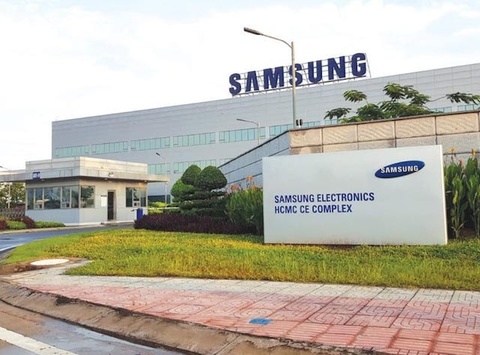Quang Ninh becomes viable option for Japanese investors
Quang Ninh becomes viable option for Japanese investors
Vietnam’s northern province of Quang Ninh is emerging as an attractive investment destination for foreign investors. Nakajima Takeo, chief representative of the Hanoi Office of the Japan Trade Promotion Organisation and vice president of the Japanese Chamber of Commerce and Industry in Vietnam, talked to VIR’s Minh Anh about Japanese interest in the area and the future trends ahead.
How do Japanese businesses evaluate the business climate and attractiveness of the northern province of Quang Ninh?
Quang Ninh is progressive and active in attracting foreign direct investment from all over the world, including South Korea, Japan, Taiwan, Thailand, China, and Singapore.
The province is particularly noteworthy for maintaining the best spot in the Provincial Competitiveness Index since 2017. The area leads in terms of market entry cost and managing administrative procedures, thanks to the leadership, past and present, who strongly advocate for the state being the most business-friendly location.
The province has invited industrial park developers to build competitive business sites. Also, the state has invested in ports, roads, and an airport with public funds and private finances.
It was far from the Hanoi area ten years ago when highways and bridges were still under planning. However, the administration updated the infrastructure to be modern and smooth, shortening the time to get there.
Last November, the province and JETRO coordinated an industrial tour and investment promotion seminar with more than 30 Japanese business delegates. Secretary of the provincial Party’s Committee Nguyen Xuan Ky and other leaders were clear that they would try to do everything to make the state attractive to investors.
With Quang Ninh’s advantages, which sectors are attracting Japanese investors?
From its strategic location, logistics services, manufacturing, green energy, LNG, aquaculture, and agriculture are all attractive sectors for the Japanese. Within manufacturing sectors – automotive and parts, electric and electronics, machinery, semiconductors, and industrial materials – the Japanese will have the potential to expand production in Vietnam.
In certain areas like Ha Long and Uong Bi, tourism and hotel businesses have the potential for exploration.
Japanese investment in Quang Ninh is not as high as expected. What are the reasons? And what should Quang Ninh's authorities do to attract more Japanese investment?
In the past, investments from Japan accumulated in Hanoi and its vicinity in the north – namely, Hung Yen, Ha Nam, Bac Ninh, Bac Giang, Hai Duong, and Haiphong. Half of the Japanese manufacturers in Vietnam are export-oriented, and the other half are domestic market-oriented.
It took time to move products when the road and port infrastructure was still cumbersome ten years ago. The areas between Hanoi and Haiphong were convenient for reaching both the local market and the ports.
But currently, the situation has changed. Around the big city, the cost of human resources and land acquisition increased and traffic jams worsened. On the other hand, the infrastructure in the northern east has improved significantly, and the Quang Ninh area has become a viable option for the Japanese.
Another situational change is that most large Japanese manufacturers already have factories in Vietnam, and they are looking for second, third, and fourth production sites. Notably, the supply-chain crisis during the pandemic called for the diversification of manufacturing and distribution networks.
Human resources scarcity in the big cities of Hanoi and Haiphong also impacted current Japanese operations. Quang Ninh has several notable universities and vocational schools, which provide attractive labour forces for the firms.
Halong University, Quang Ninh University of Industry, and Foreign Trade University Quang Ninh Campus are excellent institutions for training young business talent. Also, there are dozens of vocational schools in the province.
I want the leadership of Quang Ninh to acknowledge and support Japanese business expansion.
Now, the world economy and energy crisis create uncertainty when making decisions. However, the investments by the Japanese groups located in Vietnam and those still in Japan will resume when they are ready.




